Brazil is an immense tropical birding mecca, boasting around 1832 bird species including a staggering 252 endemics at least and with several new species still being annually described.
Few countries can compare to Brazil, holding the World’s greatest bio diversity, highest number of endemic birds in South America and ranking as the third richest bird country on the Planet. Super friendly Brazilians in a country teeming with natural history, stunning scenic beauty, great modern tourist facilities, excellent and varied cuisine, all combine to offer birders some of the most exciting bird watching and wildlife experiences, on this the bird continent of the World. It’s no wonder that Brazil has rapidly become South America’s premier birding destination.
Brazil is the largest South American country holding so many superlatives its hard to know where to begin: in the south west we find the World’s largest most spectacular waterfalls, the thunderous Iguaçu falls, traveling east we encounter the Serra do Mar mountain range clad in lush Atlantic rainforest (home to the highest number of endemic bird species in the World with over 160) reaching down to Brazil’s famous tropical beaches shaded by coconut palms.

Within the interior of south western Brazil we find the World’s largest seasonally flooded fresh water marsh, the Pantanal which simply abounds with Animal life. Finally moving north we enter the vast green carpet of the Amazon rainforest which holds a staggering 20% of the Worlds fresh water flowing into the mighty Amazon river which dissects through thousands upon thousands of kilometers of pristine rainforest, a true symbol and flagship of one of the last remaining wilderness areas of our planet.
To allow a full appreciation of Brazil’s avifauna, one can quickly see, requires multiple birding trips to this vast friendly country to see it’s staggering diversity of natural history in so many different destinations.
Birders planning to visit Brazil with such a huge avifauna, have first to decide which of the six major biomes they want to visit. To help understand more clearly the birding areas, it’s sites and the possibilities to focus on during a birding trip, the late Bruce Forrester’s Birding Brazil (although getting a little dated), is still by far the best single source of birding information to date on Brazil.
Below is a simplified idea of major birding habitats and Brazilian biomes that should be visited on any birding Brazil trips. Included is a selection of Brazil’s major birding hot spots to visit along with a few of the sites key species. Covering as many of these major biomes will give birders a greater chance to see a higher % of the Brazilian endemics.
Atlantic Rainforest (Southeastern and southern Brazil) – The Lush Atlantic rainforest home to the largest number of endemics in the World, is found along the Brazilian coast and covers a series of coastal mountain ranges extending inland. This extremely rich birding area is the most commonly visited by birders due to its abundant endemics and its close proximity to Rio de Janeiro and Sao Paulo the major gateway of entry into Brazil.
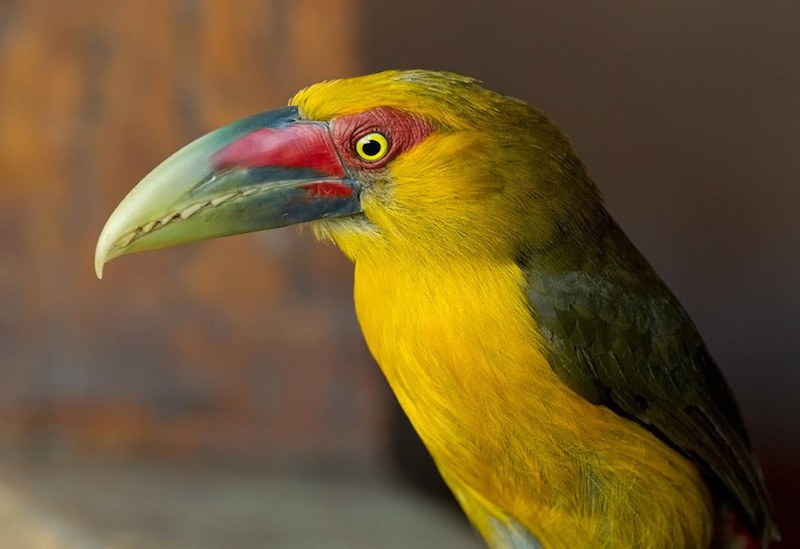
This habitat can be subdivided as follows:
a) Mountainous Atlantic rainforest: Several of these Atlantic forest endemics are found within a restricted elevation in the highlands. Main birding sites being are two in Rio state; Itatiaia National Park (Black-and-Gold Cotinga, Itatiaia Thistletail, Rufous-tailed Antbird, Rufous-backed Antvireo, White-bearded Antshrike and Black-capped Piprites) and Serra dos Orgoas National Park (Hooded Berryeater, Gray-winged Cotinga, Three-toed Jacamar and Elegant Mourner) and in Sao Paulo state, Intervales State Park (Black-throated Piping Guan, Long-trained Nightjar, Swallow-tailed Cotinga and Atlantic Royal Flycatcher).
b) Lowland coastal forest: These can be sub divided by different endemics into three distinct endemic centres, northern- in Espirito Santo, Novo Lombardia, Linhares and Sooretama (Red-browed Parrot, Long-tailed Potoo, Banded Cotinga, Black-headed Berryeater, Cherry-throated Tanager, Plumbeous Antvireo, Weid’s Tyrant Manakin, Russet-winged Spadebill and Red-billed Curassow) and in Bahia, Una and Porto Seguro area (Red-browed Parrot, White-winged Potoo, Hook-billed Hermit, Bahia Antwren, Banded Cotinga) central- Ubatuba, Sao Paulo (Slaty Bristlefront, Red-eyed Thornbird, Buff-throated Purpletuft, Spotted Bamboo Wren, Fork-tailed Tody-Tyrant and Saw-billed Hermit) and southern- Curitiba area with Serra da Graciosa and nearby Santa Catarina state with its excellent restinga forests (Sickle-winged Nightjar, Marsh Antbird, Hooded Berryeater, Bare-throated Bellbird, Wetland Tapaculo, Canebrake Groundcreeper, Kaempfer’s Tody-tyrant, Restinga Tyrannulet and Black-backed Tanager).
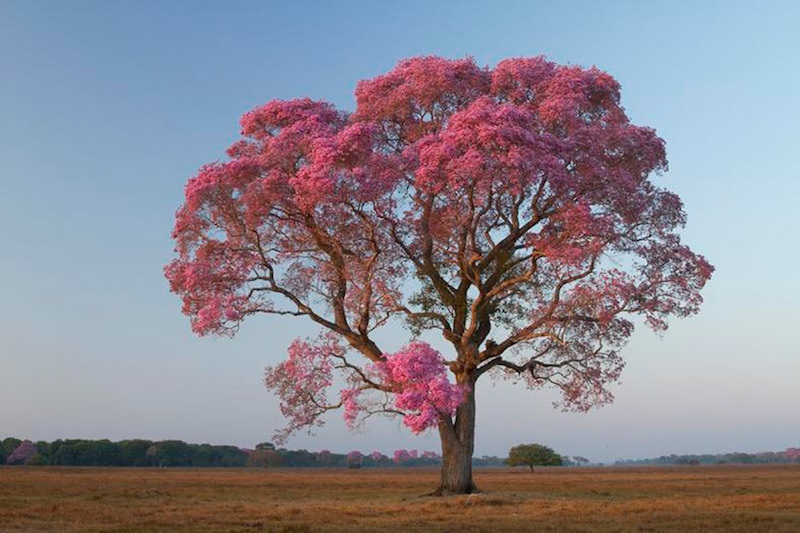
Pantanal Wetlands and Chapada – World famous for its abundance of nature the immense Pantanal holds the World’s largest wetlands that offer almost a superb safari type birding and nature watching experience. The open setting makes birding easy with some spectacular concentrations and species diversity where 150 bird species a day being regular (Hyacinth and Golden-collard Macaw, Jabiru, Great Rufous Woodcreeper, Helmeted Manakin). Mammal watching can be very good with Giant River Otter, Marsh Deer and even Jaguar being seen with some frequency. The best area of the Pantanal for birders is found by accessing the far north, flying into Cuiaba. From here entering the famous transpantaneira road can be combined with access to the wonderful Chapada dos Guimarães National Park with its fine cerrado habitat and special birds; (Collard Cresentchest, Dot-eared Coquette, Rufous-sided Pygmy Tyrant, Blue Finch and Coal-crested Finch). Note also Cuiaba is the entrance city to fly onto visit the southern Amazonian Rainforests of Mato Grosso at Alta Floresta (see Amazonian Brazil).

Natural grasslands, cerrado and gallery forest of central Brazil – A patch work of important habitats holding many sought after endemics unique to each habitat. In central south eastern Brazil area the state of Minas Gerais stands out as one of the best states in which to enter through Belo Horizonte its capital to explore this rich area. From Belo Horizonte one can visit Serra de Canastra (Lesser Nothura, Crowned Eagle, Brazilian Merganser, Campo miner, Brasilia Tapaculo, Cock-tailed Tyrant) and the area is excellent for mammals including Mained Wolf and Giant Anteater. Also visits to both Serra de Cipo (Hyacinth Visorbearer, Cipo Canastero, Cinerous Warbling Finch, Blue Finch) as well as Caraça which also holds some Atlantic rainforest too (Serra Antwren, Buiscutate Swift, Cinnamon-vented Piha). Other important birding locations outside Minas that offer excellent birding are Emas National Park (Goias) with its superb grasslands (Yellow-faced Parrot, White-winged Nightjar, rare seedeaters), Brasilia National Park (Planalto Foliage-gleaner, White-striped Warbler).
Southern Brazil – Spectacular Aracaria forests, rolling grasslands and isolated marshes in Rio Grande state are home to many great endemics and flying into Porto Alegre, is one of the best ways to bird the states habitats. Within a few hours drive of the capital you can base yourself out of the quaint town of Sao Fransisco de Paula where good hotels are found. From here day visits to all major habitats are possible (Vinaceous-breasted Parrot, Mottled Piculet, Long-tailed Cinclodes, Striolated and Aracaria Tit Spinetail, Chestnut-backed Tanager and Saffron-cowled Blackbird). Driving to the far south of the state gets you to vast rice fields and wetlands such as at Taim, Pelotas and Lagoa de Peixe which hold huge concentrations of waders, gulls and terns (during boreal wintering especially) and screamers, swans, flamingo, ibis, ducks and grebes. Sea watching or pelagic birding for the more adventurous could be very rewarding also here during austral winter and a few special birds are found along the narrow coastal belt and its dunes.
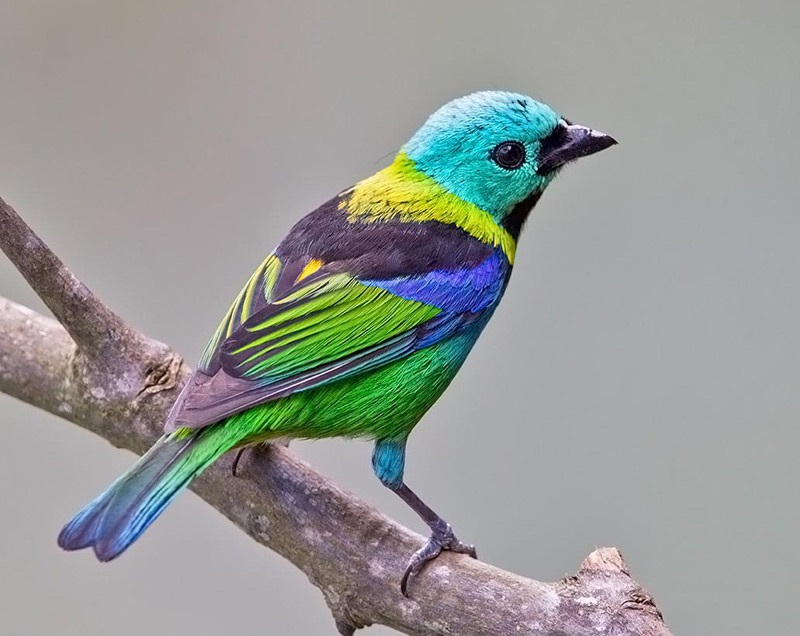
Northeastern Brazil – Another vast region of Brazil the northeast contains a high number of great endemic birds, however this region also requires a lot of driving to cover the sites and see the areas wonderful endemics. The major habitat types are: caatinga which is the dominant habitat but very varied, tropical dry forest and isolated fragments of humid Atlantic rainforest. There are several ways to enter NE Brazil coming up from northern areas of SE Brazil by car or flying into one of the coastal ports of entry such as Salvador, Ilheus, Fortaleza or Maceio. A brief note outlines the major birding sites to visit within the northeast; Bahia state offers some excellent birding with one of the top birds of NE in the form of the endangered Lear’s Macaw other sites being Boa Nova (Rio-de Janeiro and Slender Antbird, Caatinga Antwren, Striated Softail, Bahia Spinetail, Fork-tailed Tody Tyrant, Bahia Tyrannulet) and Chapada do Dimantina (Hooded Visorbearer, Great Xenops, Pale-throated Serra Finch). Ceara state and the Chapada do Araripe cannot be missed for the stunning Araripe Manakin (White-browed Guan, White-browed Antpitta, Bearded Bellbird, Great Xenops, Tawny Piculet). Alagoas state includes some of the Worlds most threatened endemic avifauna at Murici (Long-tailed Woodnymph, Alagoas Foligae-gleaner, Alagoas Antwren, Alagoas Tyrannulet, Seven-colored Tanager, Pintos Spinetail).
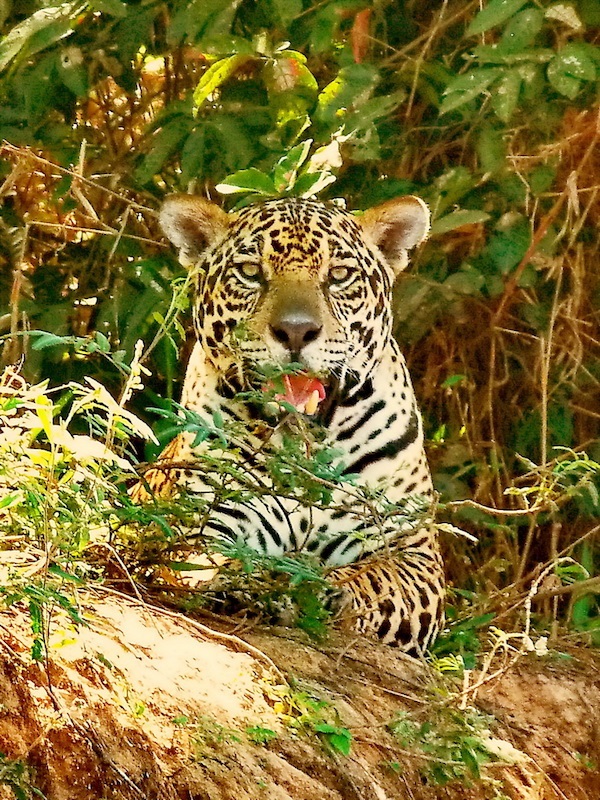
Amazonian Brazil – The capital of the Brazilian Amazon is the city of Manaus makes an idea center for any birding trip to Amazonia, located at the meeting of the Rios Negro with the mighty Amazon forming the famous meeting of the waters. Over hundreds of thousands of years each one of the Amazons major tributaries have formed biogeographical barriers, causing major speciation in all forms of life throughout the Amazon basin, especially so in the lower Amazon. Therefore, the avian species diversity in Amazonas state alone is simply staggering, with around 950 bird species recorded to date!
Manaus location is perfect for visitors to plan visits to several of the very distinct biogeographical regions found here, each holding different fauna. These distinct geographical areas are found as you cross each major Amazonian river barrier: North of the Amazon east and west of the Rio Negro, South of the Amazon east and west of the Rio Madeira being the major biogeographical barriers closest to Manaus.
Manaus offers local scheduled flights to other important biogeographical areas included in the Brazilian Amazon, including such great birding sites as are found around Sao Gabriel (Pearly Antshrike, Chestnut-crested and Gray-bellied Antbird, Yellow-throated Antwren), Tefe (Wattled Curassow), Borba (Brown-breasted Barbet, Hoffmann’s Woodcreeper, White-breasted Antbird, Buff-cheeked Tody Flycatcher), Tabatinga (Elusive Antpitta, Black-tailed Antbird, Rio Suno Antwren and Gray Wren). Also outside Amazonia to Itaituba, Pará (Golden Parakeet, Vulturine Parrot, Harlequin and Pale-faced Antbird) for visits to Amazonian National Park and Carajás (Black-bellied Gnatcatcher, Black- chested Tyrant, Opal-crowned Manakin), Boa Vista, Roraima (Sun Parakeet, Rio Branco Antbird and Hoary-throated Spinetail). Boats can be hired too from Manaus for exploration of the rich white water river island birds close to Manaus, on the Amazon as well as the Rio Negros black water archipelago of Anavilhanas (Klage’s and Cherrie’s Antwren) located above Manaus. The river islands within the Amazon are very rich and hold almost all the special riverine birds (Scaled and Red-and-White, Parker’s Spinetails, Brownish Elaenia and Pearly-breasted Conebill).
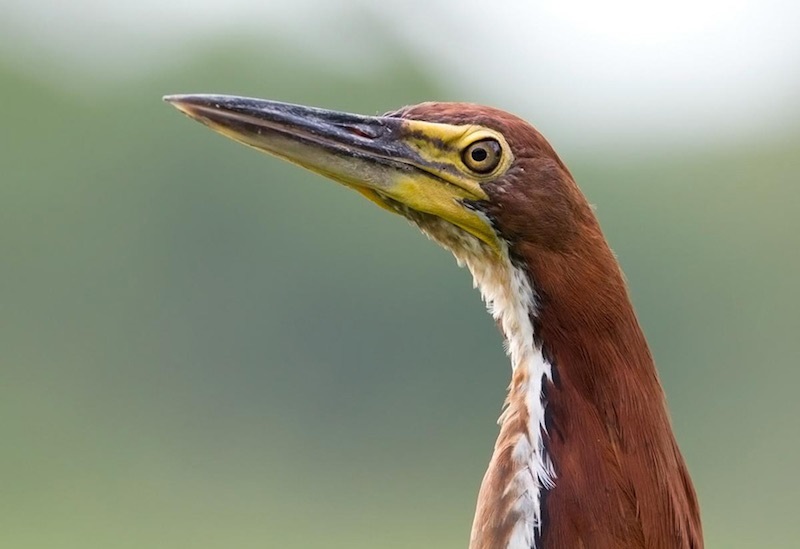
In southern Amazonia, Mato Grosso state you can visit the famous Alta Floresta by flying from Cuiaba (Cryptic Forest-Falcon, Crimson-bellied Parakeet, Kawall’s Parrot, Black-girdled Barbet, Bare-eyed Antbird, Tooth-billed wren and Flame-crested Manakin).
Amazonas also holds much excitement for those more adventurous birders as the state still holds huge areas of unexplored territory and this is one of the reasons that today still new bird species are being discovered and others re-discovered here. Amazonia never gives up its secrets easily! Biologist’s eyes worldwide have recently turned to the Brazilian Amazon with the revelation of the recent discovery of multiple big new mammals, including a Peccary, several Primates, (Titi Monkeys and Marmosets) and even a new Dwarf Manatee!
There are ‘destination pages’ for a number of states, each contain detailed information on major Brazilian wildlife sites and some notes on birds to be expected.
Major Source: Fatbirder
Map Source: Googlemaps™
Photo Source: Birding Ecotours
